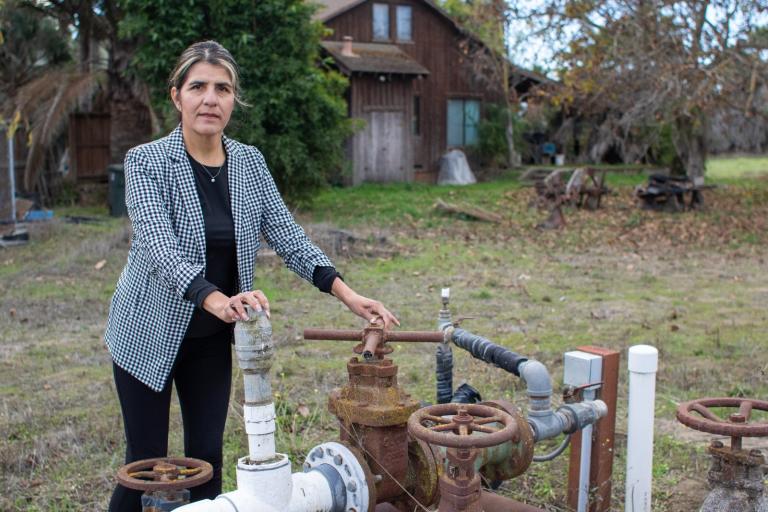On Thursday I attended a hearing of the House global warming select committee on stimulus, efficiency, and green jobs. You can find a list of attendees, their full written testimony, and some pictures on the committee website.
Just a few observations.
First, and this will shock no one, Van Jones is a marvel. (It is not normal for Congressional testimony to solicit applause.) To take one example from today: I have labored through thousands of words on Grist to try to explain why the most common economic models fail to fully account for the benefits of efficiency investments. In doing so I have bored even myself and built great, airy rhetorical castles that only masochists would want to explore.
Here’s what Jones said at the hearing: "Get the math right: don’t just count what you spend, count what you save."
Um … dammit. Why didn’t I think of putting it that way? I could have trimmed 14,000 words down to 14.
Here’s his opening statement, if you’re interested:
Second: Rep. Earl Blumenauer (D-Ore.) is also a marvel. It was announced today that he’s the second in command on the committee, and it was easy to see why. He had great questions and seemed endearingly eager to really dig down into the gory details. This guy guy is probably the smartest, most committed advocate for efficiency and transportation alternatives in Congress right now. Also, nice bow tie.
Third: Speaking of details, it is gratifying to see that this conversation has gotten vastly more sophisticated, even in the last year. Michael Nutter and Douglas Palmer, mayors of Philadelphia and Trenton respectively, were not just speaking airily about needing money to do good things. They had chapter and verse on the number of roofs that could be painted white, the details of retrofit programs, the number of transit projects suspended for want of funding … this is rubber-hits-the-road stuff. It’s happening.
Fourth, an issue that will get more ink in weeks to come: for maximum green bang for the buck, how much money should go to state governments vs. city governments? The city leaders at the hearing today made a good case that the proportion to cities should be high, since that’s where it can be spent most quickly. I found that convincing, though it takes state gov’t to develop regional transit plans or negotiate with utilities.
Fifth, another issue that’s going to rise in salience quickly: job training. Many of the things cities want to do in terms of efficiency are restricted not only due to lack of money (which the feds can remedy) but also due to lack of trained workers. This affects what projects are and are not "shovel-ready." How fast can training get done? Jones was optimistic, talking about two weeks or a month. Blumenauer encouraged caution on this point, as job training programs do not have an illustrious history in this country. More on this later.
Sixth, I’ll confess I hadn’t heard of the Peterson Institute for International Economics, but Trevor Houser was quite impressive — if you’re of a wonky bent I highly recommend his full written testimony. He’s done modeling on the effects of various stimulus measures. Here’s the chart:
(Note: Blue is direct federal spending; green is federal tax credits; gray is non-green spending. As you go up the Y axis, you reduce energy imports; as you go out to the right on the X axis, you’re reducing CO2 emissions; the size of the circle represents number of jobs created.)
Houser’s final report isn’t done yet, so the chart should be considered preliminary. I’ll follow up with him when the full report comes out. One thing I liked about his remarks is that unlike other economists, he seemed to really grok efficiency and how to incorporate the ongoing savings into economic models.
I guess that’s enough for now. So much for Jonesian concision …
(Oh, one last thing! Denise Bode, new head of the AWEA, is a fascinating case all in herself, but Kate and I did one of our patented sub-amateur quality video interviews with her, so more on that when the video’s up.)


